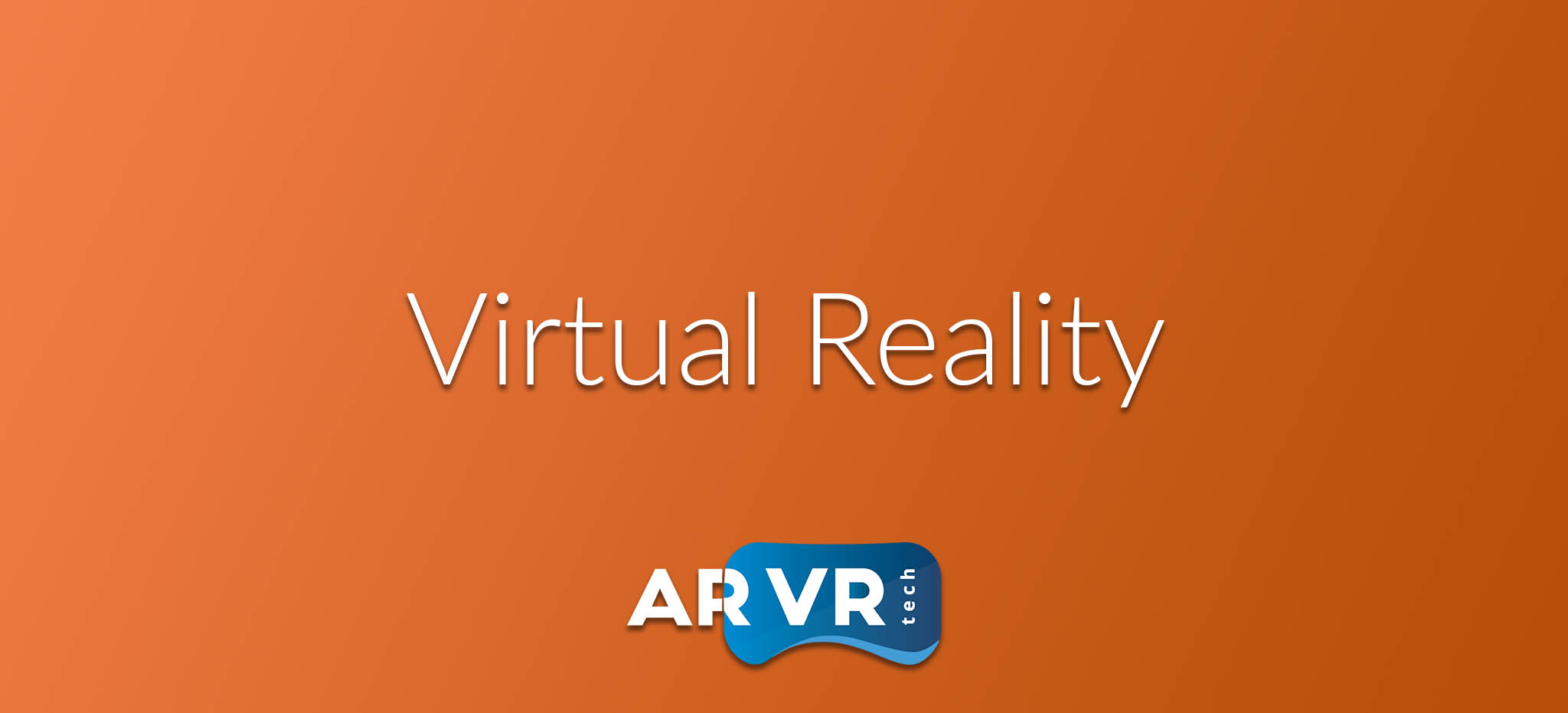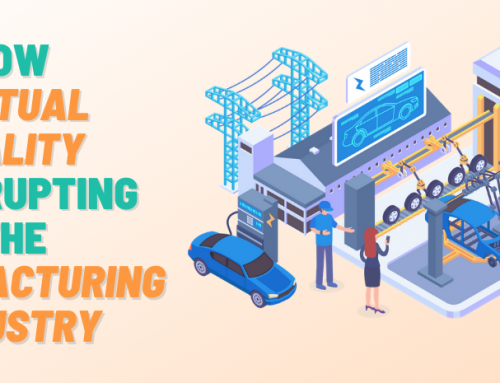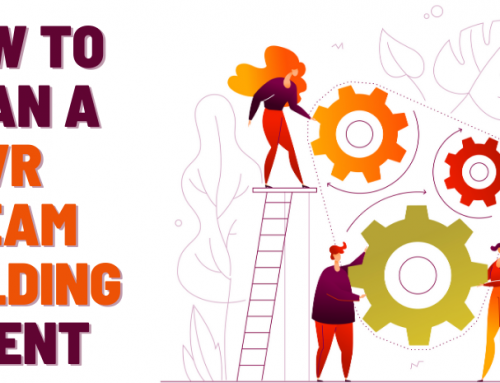
Digital disruption is happening across all industries. Innovative companies with visionary leaders not only start to generate huge data sets, but they also equip their teams with knowledge to access those pieces of information intelligently.
We live in a multidisciplinary world where it is not enough to sweep the competition of their feet by making the best product. Instead you need to rely on smart analytics and to figure out the behavior of your users, team members and vendors. Thanks to data you may understand what the market needs and how to remove backlog in the cumbersome process of innovation.
Yet although we live in the world of gadgets and accomplish so much with the very help of technology, we are not cut off from the real world. We are part of a much bigger ecosystem: our neighborhood, local community, business environment, and even the climate ecosystem with all other species on this planet.
In our pursuit to meet our own needs and expectations we set for ourselves, we very often do not manage to stop and appreciate the nature. We do not take the time to enjoy the wonders it gives for us. Those wonders may range from: healthy food; clean water, good air and soil; as well as travel areas with lower carbon footprint.
It is almost impossible to breathe in highly industrialized gigantic cities located in the biggest economies of the world, whereas in other parts of the world climate change is still less obvious and the ecosystem of different species is balanced.
Pew Research centre published people’s opinion about climate change in seven charts.
In one of those pieces of research, majority of people agreed that rich nations should do more than poor nations to address climate change. It was estimated that 54% agree with the statement “Rich countries, such as the USA, Japan and Germany should do more than developing countries because they have produced most of the world’s greenhouse gas emissions so far.”
Moreover, there is a discrepancy across the regions in terms of people who estimate that climate change is a significant problem. A global median of 54% believes climate change is a very serious problem. Latin Americans and sub-Saharan Africans are particularly worried about climate change. Unfortunately, although in America and China there is the highest overall carbon dioxide emissions, its citizens are less concerned.
Nowadays “software eats the world” as Marc Andreessen coined the phrase, and we cannot imagine the time when we worked, processed the information, learned, communicated and lived without technology.
Because virtual reality is so immersive and engaging, even the topics like climate change can be tackled successfully and observed from a new angle, just as it happens in the real world.
Here are three ways how virtual reality contributes to better understanding of climate change:
1. VR ENCOURAGES EMPATHY TOWARDS COMMUNITY
Virtual Human Interaction Lab at Stanford University is one of the remarkable research hubs where scientists are striving to “design, test, and distribute virtual reality interventions that teach the concept of empathy.” They have been also doing experiments so as to track how people react to climate change portrayed through the lens of virtual reality.
Des Moines Register relied on VR technology so as to inspire those who watch their program and encourage empathy. Four Iowa farm families during five days are filmed with the help of VR and 360-degree video. The audience could empathize with them as they were showed in a 100-year old house during their everyday activities.
At some point their story got really viral with over 400,000 page-views. This reach is beyond excellent that even traditional news articles could get, which creates blank space for new exciting initiatives.
2. VR PLACES PEOPLE IN IMAGINARY SITUATIONS
Team at aforementioned Virtual Human Interaction Lab at Stanford has created series of VR scenarios with a strong environmental impact. It was amazing that although these VR simulations were imaginary, those who experienced them changed their behavior in real-life.
For example, users tried out to crop down a virtual tree using VR head-mounted displays and the control group read detailed descriptions about it. Consequently, those who participated in the VR simulation used around 20 % of paper products in comparison to those who did not.
In another research project, the lab went under the sea and participants experienced the ocean acidification with VR headsets. When this experiment was over, participants continued to have a changed and more considerate approach towards the environment.
3. VR MOVES PEOPLE TO ACTION AND RESILIENCE
It has been proved many times that experts and stakeholders achieve better advocacy and fundraising results when Virtual Reality steps into their game and they use it.
The United Nations integrated Virtual Reality campaigns to address pressing issues and help people in need, which is in accordance with Sustainable Development Goals.
Check out VR4Dev website to watch Cloud Over Sidra, the film from Jordan about a Syrian refugee growing up far from home. You can also devote your attention to VR film Nepal Earthquake as you experience 2015 natural catasthrophy from the eyes of a Nepali first responder. Another film that moves us to react about climate change is The Ganges River Project where we witness the horrendous consequences of human and industrial waste in India and the Ganges River.
In upcoming months as VR hardware and content continue to get better and more user-convenient, climate change and other environmental challenges will found their way towards global audience.
As one old Indian adage showed the lack for environment leads to detrimental consequences, ‘‘When the last tree is cut down, the last fish eaten, and the last stream poisoned, you will realize that you cannot eat money.’’


